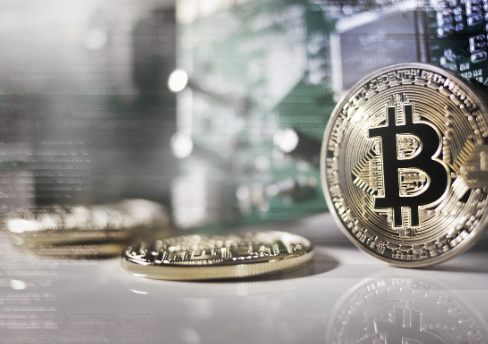$BTC $ETH $LTC
#USInflation #InflationData #CryptoMarket #BullishTrend #MarketConfidence #EconomicIndicators #Bitcoin #Ethereum #Litecoin #CryptoInvesting #FinancialMarkets #EconomicOutlook
In November, the United States reported an inflation rate of 2.7%, a figure that aligned perfectly with market forecasts. This acknowledgment of stable inflation is pivotal, as it plays a significant role in shaping the economic landscape, particularly for investors and market analysts who keep a keen eye on such indicators to forecast market movements. The matching of expectations with the actual inflation rate sends a strong signal to the markets, instilling a renewed sense of confidence among investors. This is especially true for the cryptocurrency market, where sentiments can sway considerably with economic indicators. Stability in such a crucial indicator as inflation suggests a less volatile environment for investments, thereby potentially reducing the risks associated with investing in cryptocurrencies.
The reaction in the crypto market to the reported inflation rate has been notably optimistic. Cryptocurrencies like Bitcoin (BTC), Ethereum (ETH), and Litecoin (LTC) often respond to macroeconomic indicators, as investors look for safe havens or alternative investments outside traditional financial systems during times of economic instability. The stable inflation data fuels bullish sentiment, as it may indicate that the Federal Reserve’s policies are effectively managing inflation without stifling economic growth. An environment of stable growth and controlled inflation is beneficial for cryptocurrencies, which are often seen as hedge assets against inflation. As such, the latest inflation news is seen as a bullish signal for the crypto market, suggesting potential upward movements in the prices of major cryptocurrencies.
Furthermore, the stability in the inflation rate is an encouraging sign for the broader financial markets as well. Historically, inflation rates that align with or are close to forecasts lead to increased market stability. This stability is crucial for investors who might be weighing their options between traditional stocks and cryptocurrencies. With inflation fears quelled, or at least momentarily set aside, both institutional and individual investors might be more inclined to diversify their portfolios, increasing their exposure to digital assets. The psychological impact of meeting inflation forecasts cannot be overstated, as it assures investors that the economic conditions are predictable, a key factor for making calculated investment decisions.
In conclusion, the November inflation rate meeting forecasts is a noteworthy development that positively impacts investor sentiment, especially within the cryptocurrency market. This stability reassures investors, suggesting that the economic environment remains conducive to growth, thereby supporting a bullish outlook for crypto. As cryptocurrency continues to carve out a significant place in the investment landscape, such economic indicators will remain pivotal in shaping investor sentiment and market trends. While it’s essential to monitor upcoming economic reports and governmental policies that might affect inflation, the current alignment with forecasts provides a solid footing for the optimistic outlook on cryptocurrencies. Investors and analysts alike will be closely observing how this plays out in the coming months, with many eager to see if the bullish sentiment translates into significant gains for the crypto market.





